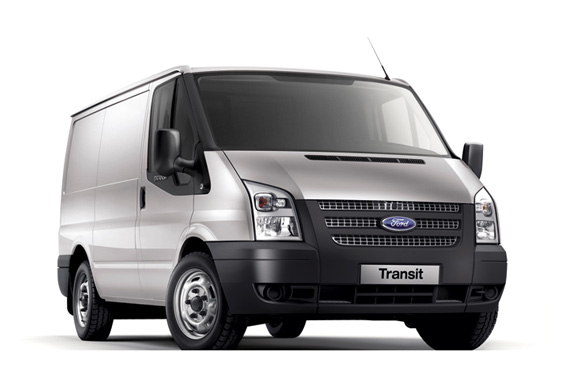The Ford Transit mk7 is the best supermini for excellent driving experience and its powerful engine hits the nail on the head too
Introduction:
If one needs a van, then Ford Transit will surely make a lot of sense, because it’s been proposed by every body style imaginable. If one can think of it, then it’s been connected to a Ford Transit.
The Mark 7 Transit being more versatile than most, all thanks to it being the first Transit to be offered along with both front and back-wheel drive. Four-wheel drive versions are also offered too, but are quite rare.
Ford Transit Engine:
Browse forums and there are lots of discussion mainly about the Transit’s diesel engine. Almost up to 2003, it was a conventional turbo diesel, Ford smartly adding a high-pressure common-rail turbo diesel directly to the line-up. These are nicely badged TDCi over the former TDI units. Early common-rail, the Transit designs can be problematic, although most of the problems are because of fuel contamination.
If that’s the actual case, the entire system will badly need flushing, new injectors, a fine replacement pump and pipes. Do all that and one will face a bill in the region of £1700. Other powerful engines in the line-up involved 2.3 petrol and a 2.4-Litre TDI Engine for back-wheel drive models, along with outputs ranging from 75PS to 145PS, the coming of the face lifted mk7 Transit bringing some nice changes to the engine line-up, as well as few sheet-metal revisions and taller headlights.
Interior Specs:
Inside it included a far neater dash layout, more driver’s seat adjustment but yet no height adjustable steering wheel. The engine range comprised of a 2.2 TDCI along with power outputs of 85, 110 or 135PS particularly for front-wheel drive derivatives, the back-wheel drive retaining the 2.4-Litre unit along with three power outputs varying from 110 to 140PS.
Ford greatly continued to offer the Mark 7 with a muscular 2.3-Litre petrol, while a 3.2 TDCI typically with 200PS was also offered on some back-wheel drive models.
Servicing:
Be wary of the oil light, one need to get the engine shut off rapidly if it pops up. If one doesn’t, it will probably seize the engine. Blame the oil pump, which can completely fail without any notice. On 56 plated to 2012 designs, the engines often demand a new vapor valve.
It’s really not a tricky job to handle, though the engine requires re-coding afterwards. One will be looking at a bill of almost £200. One will know if it needs doing if the Ford van cuts out at idle or hunts around for the revs. Dual mass flywheels can be problematic, it’s not uncommon for these to have been altered to solid units. Ford creates a conversion kit, a new one for the six-speed manual gearbox (non-automatic) with clutch costing around £500 and a five-speed one pricing around £60 more. Back-wheel drive models digest prop shaft bearings, any single knocking should be investigated. The best advice along with the rare automatics is to ignore them, if they go wrong, one will be looking at bill that’ll be as much as the automobile’s worth, or more.
As with any vehicle purchase the best one can afford, and make sure it’s been timely maintained, signs of abuse or neglect just certain to cause you headaches in the future, and along with plenty to pick from there’s no need to take the gamble.
Verdict:
“Backbone of Britain, best-selling van for about more than 40 years, a byword for the light commercial vehicles. Call it whatever one likes, the Ford Transit mk7 is the van by which all others are keenly judged. If there isn’t a Transit that suits one’s business’ needs, the chances are one either doesn’t need a van or should be purchasing a much heavier vehicle.”




